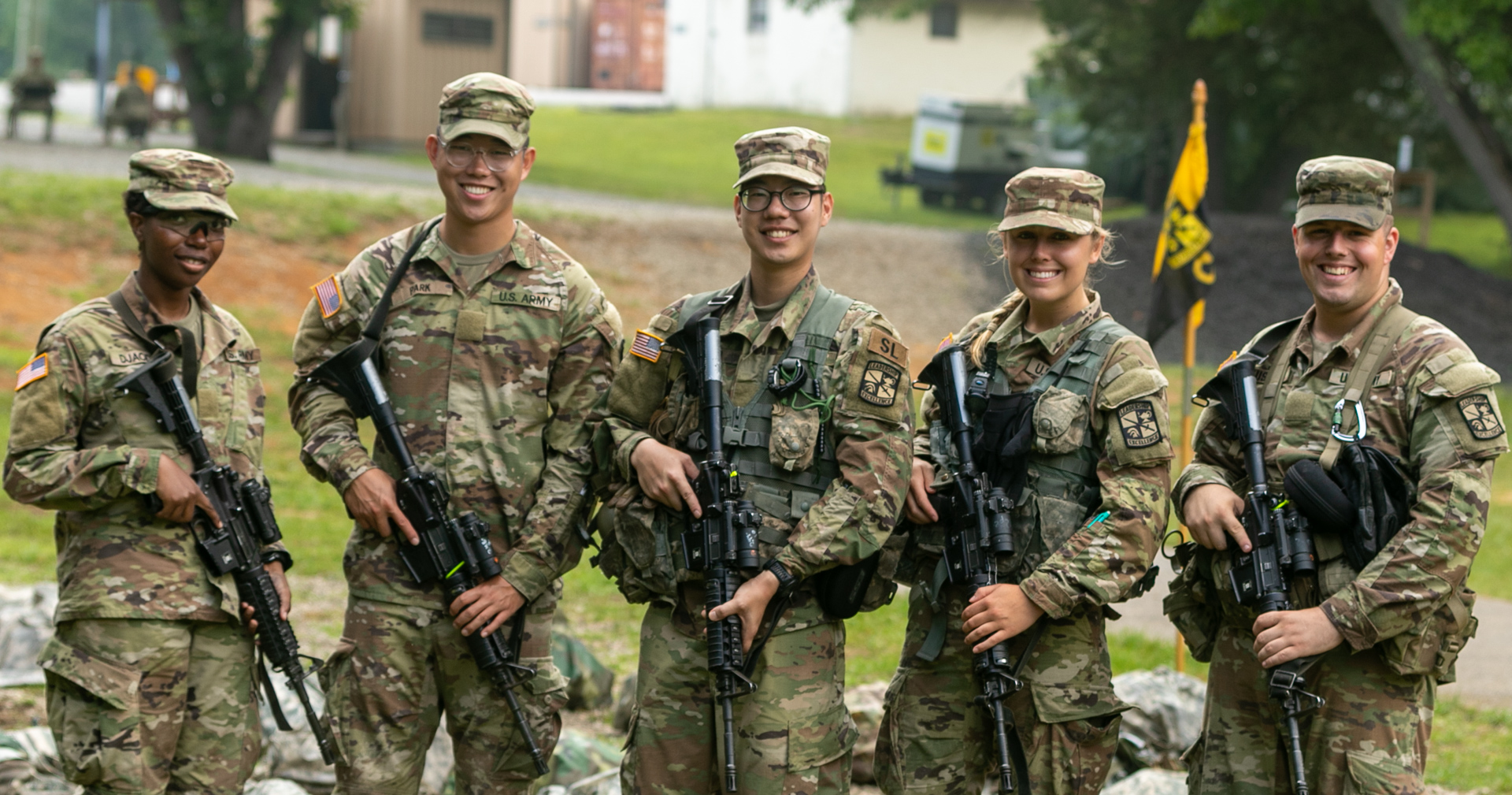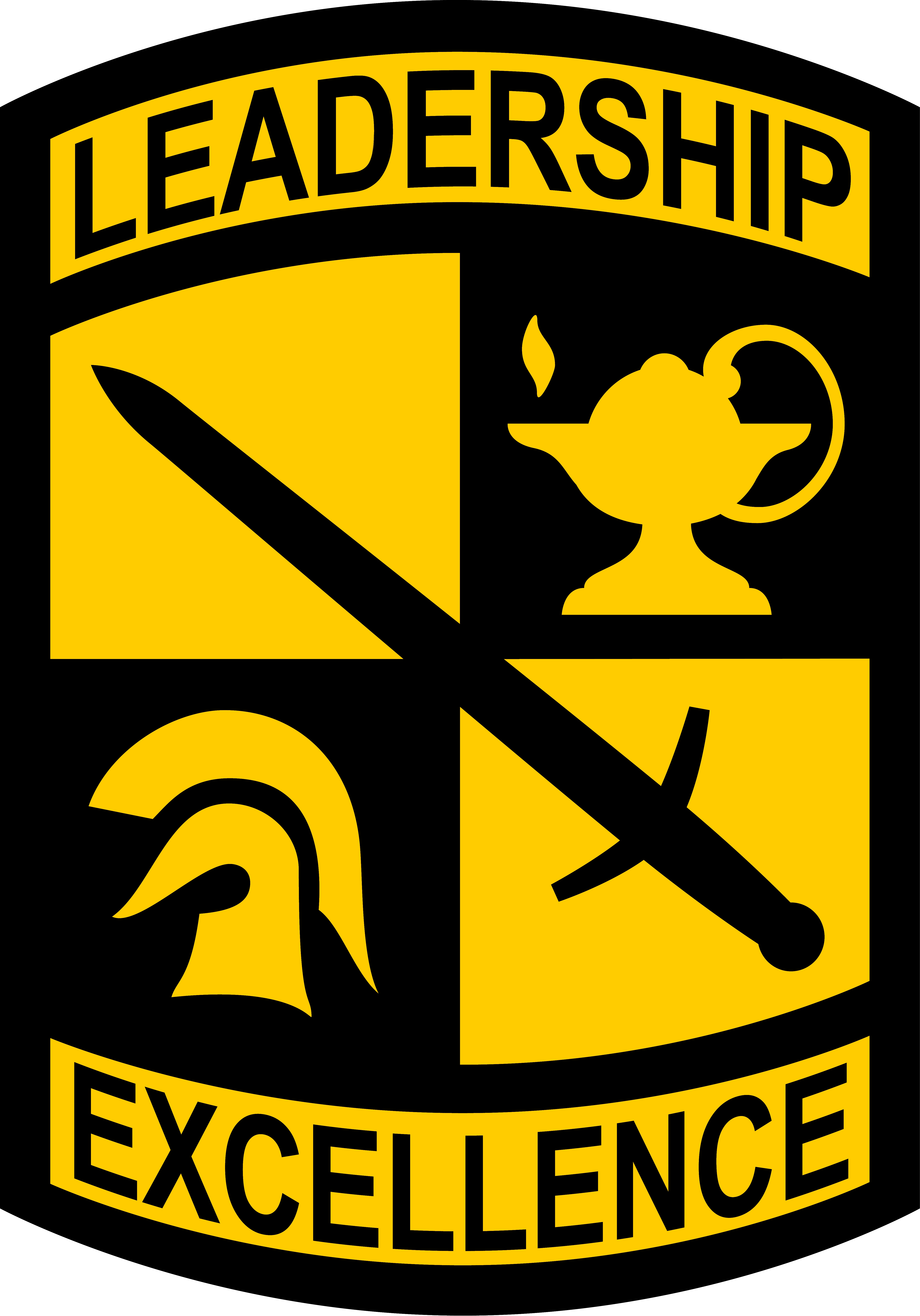FORT KNOX, Ky.— 10th Regiment, Advanced Camp, Cadets Hayden Eoff, The Citadel, and Sung Jae Kim, University of Oklahoma, share a bit of their experience after completing their group and zero at Handiboe Range on Fort Knox, Ky., July 24, 2023.

To complete Cadet Summer Training, Cadets must go through their M4 carbine qualifications. This process takes place over several days which Cadets gain marksmanship skills and learn how to properly utilize their weapons before their final qualifications.
“Basic riflemanship is one of the essential soldier tasks. It’s something that, no matter what you do in the Army, you will be required to perform well in, so we have to start now,” Eoff said. “We start off with several days of training on safety, how to manipulate the weapon, load, and handle the weapons.”
This begins with Preliminary Marksmanship Instruction, which effectively teaches Cadets the standard firing positions, how to efficiently reload their weapon and what to do when that weapon jams.
“Prior to zeroing, we make sure we’re utilizing the right ways to shoot,” Kim said. “We learn our fundamentals.”
Fundamentals are the building block that qualifications are built upon and are regularly tested as Cadets continue developing their marksmanship skills as they continue into the Engagement Skills Trainer. The EST is the second step.
It’ s a virtual system designed to simulate a live fire range while providing in-depth reports on the skills displayed by Cadets as they continue through the training. It acts to ensure that the fundamentals are maintained on and off the range. This can occasionally prove to be more of a challenge for Cadets with prior experience.
“I was prior enlisted in the Army, so I’ve taken part in qualifications before,” Kim said. “Engagement skills trainer gave me the most trouble out of this process because it’s so different from the other parts.”

As Cadets move out of the classrooms and onto the range, they approach group and zero, where they develop greater precision in their weapons use.
“We fire in five round groups while trying to keep as tight groups as possible,” Eoff said. “That allows us to know where our weapons are hitting relative to where we’re aiming. The zeroing process is to make sure our optics are zeroed.”
Group and zero is Cadets’ last day before they attempt to qualify, building further beyond the fundamentals and applying every drill and skill they’ve adapted in the prior days.
“Qual is a must pass event. We’ve got five attempts to qualify, hitting at least 23 targets out of 40 in order to qualify,” Eoff said. “Ultimately, the aim to verify that we can all shoot at a standard. It’s something that, no matter what you do in the Army, you will be required to perform well in, so we have to start now.”

Qualifications have been changed from how they were run in the past for Cadets to better understand the experience of real combat situations.
“This new version is much more combat-related. It only gives a small frame of time to adjust and then move on,” Kim said. “An enemy isn’t going to wait to give you a few minutes to change positions, check your sight and then engage.”
To further the real-world application, Cadets complete their M4 carbine qualification process by participating in the battle march and shoot. In this exercise Cadet march roughly four miles to a firing range while carrying their full rucksacks and weapons with them.
“It’s all about making sure we can shoot under duress,” Eoff said. “With elevated heartrates and nearing fatigue, it simulates how we would perform as though we were in a real combat environment.”
This process prepares Cadets for their military careers so they can utilize the skills they learn at training as they continue into their lives as officers.

